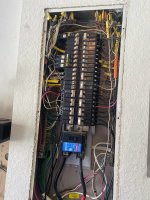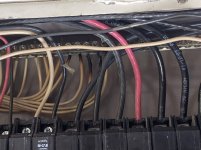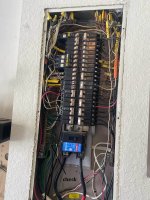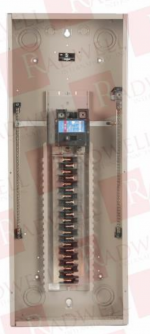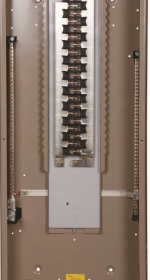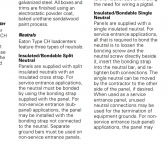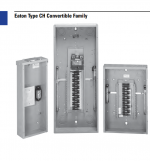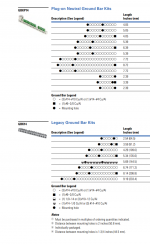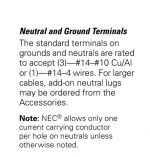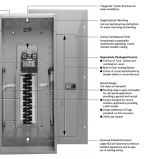I would also check a few things when your done. I have seen this before with that type of equipment. When the guys were installing this type I have them do a few things.
Commentary first, with this style of BR load center the secondary Neutral Bar is dependent on one screw that shares the the Main Bonding jumper. This screw is the sole connection point to tie the two neutral bars together. If you look the secondary bar other than that screw it is isolate. It is listed that way however I feel a change in installation practice is warranted when terminating these style of panels. Remember this is also the main bonding jumper for the service.
Now a possible issue, that screw has been know to strip out in the can when the main bonding jumper was terminated and installed under the primary neutral bar where the service grounder conductor is designed to be terminated.
Change in installation methods, Install all grounded conductors on primary neutral bar and all EGC on secondary. This is a prime example of why we do not use a ground bar for grounded conductor termination. The normal operating current is dependent upon that screw and the metal enclose.
Corrective method if required, Remove all load from panel( turn off main). Remove main bonding jumper and relocate to new hole on primary neutral bar with new threaded hole and screw( do not use old screw) in enclosure. Check mating surfaces of the factory Main bonding jumper. Remove old flat un-insulated tie bar. Install a proper sized jumper between primary and secondary Neutral bar.
Check items, Check for loose or bad screw. If found replace panel or install a fix. Remove cut back all defective grounded conductors and move to primary bar. After repairing the damaged grounded conductors check with amp clamp to be sure no line cross of multi wire branch circuits has accrued. If so remediate.
If you can and do so safety. You can check for this condition using you volt meter between the primary and secondary buss looking for voltage drop while those branch circuits/feeders are under load. Any thing .05 or greater you have an issue based on what I have ran across. Just like checking contractors,fuses etc.
This style should no longer be available and new style used. There is also many variations of this style out there so beware and look past the obvious. What you see may be the result of what you don't see. Ask your self why or next time it may be an insurance claim.
I would have him ask his electrician why it has to be replaced and put it in writing. He may have a valid reason as decried above. He does not want to violate the listing of the equipment. May be extreme and I would feel comfortable with a fix and there other type of fixes for this as well other than replacement. No mater I would cut back those wires and move to the other side even if it means installing a ground bars to free up space on the primary bar.
Final word. I did say EGC NOT GEC. All GEC's should be and remain on the primary neutral bar. In the pic they appear to be insulated.



